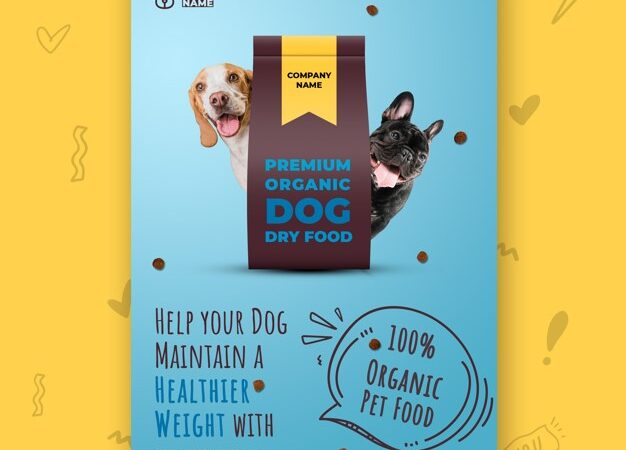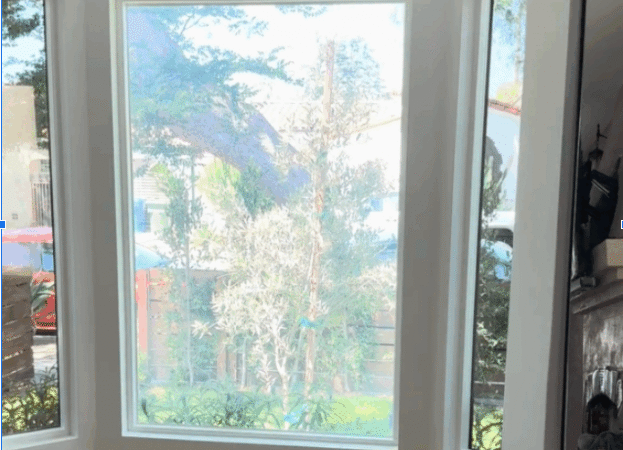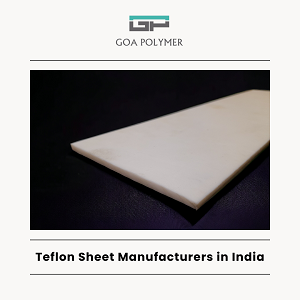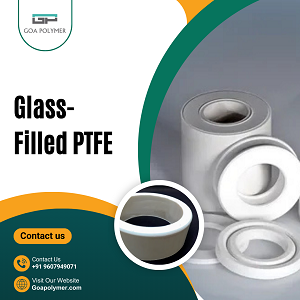A Guide to Machinery and Raw Materials for Pet Food Packaging Manufacturers
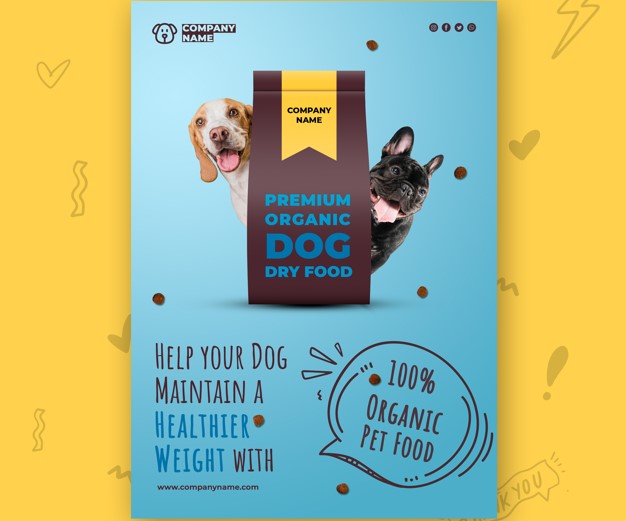
The global pet care industry is booming, and with it, the demand for high-quality, innovative, and sustainable pet food packaging has never been greater. For entrepreneurs and established manufacturers looking to diversify, entering the pet food packaging sector represents a significant opportunity. However, establishing a production facility is a complex endeavor that requires a deep understanding of both the machinery that drives production and the raw materials that define the final product. This guide provides a detailed overview of what it takes to set up a factory to become a successful pet food packaging manufacturers.
The Core Machinery: The Heart of Your Operation
The equipment you choose will define your production capabilities, output speed, and the types of packaging you can offer. A typical production line is a synchronized symphony of specialized machines.
1. Extrusion and Blow Molding Systems (For Bags and Pouches):
For flexible packaging like bags and pouches, the process starts with polymer granules. An extruder melts these raw plastics and forms them into a continuous tubular film. This tube is then guided into a blow molding machine, where air is injected, inflating it like a balloon to the desired width and thickness. This bubble of film is then cooled and flattened into rolls of substrate. Multi-layer extrusion systems are advanced and allow for co-extrusion of different materials (e.g., LDPE, PP, nylon) to create high-barrier films essential for preserving pet food freshness.
2. Printing and Lamination Equipment:
Pet food packaging is highly visual, requiring vibrant, high-definition graphics for brand recognition and shelf appeal.
- Flexographic Printing Presses: These are the industry standard for flexible packaging. They use flexible photopolymer printing plates to transfer fast-drying inks onto the film roll. Modern presses can handle up to 10 colors and offer precise registration for complex designs.
- Rotogravure Printing Presses: Offer even higher print quality and consistency for very long runs but involve higher initial cylinder engraving costs.
- Laminators: After printing, multiple layers of film are often bonded together using a laminating machine. This process combines the strengths of different materials—for example, marrying a printed outer layer with a high-barrier inner layer—to create a robust, functional, and attractive final material.
3. Bag Making Machines (Form-Fill-Seal):
This is where the printed and laminated roll stock is converted into finished packages. The most common type is the Vertical Form-Fill-Seal (VFFS) machine.
- The VFFS Process: The film roll is fed into the machine, where it is formed into a tube over a filling pipe. A vertical seal creates the back of the bag. Pre-measured product (e.g., kibble or treats) is dropped through the pipe into the nascent bag. The machine then makes a horizontal seal to close the bottom of the current bag and the top of the next bag simultaneously, after which the finished bag is cut off. VFFS machines are incredibly efficient and can produce hundreds of bags per minute.
4. Injection and Blow Molding (For Rigid Containers):
For packaging like tubs for wet food or plastic containers for treats, different machinery is required.
- Injection Molding Machines: Melt plastic and inject it into a mold to form rigid items like tubs, lids, and measuring cups. This is ideal for high-volume production of identical items with precise dimensions.
- Blow Molding Machines: Used to create hollow containers like bottles for gravies or oils. They inflate a heated plastic preform inside a mold to take its shape.
5. Auxiliary and Support Equipment:
No line is complete without support systems, including:
- Ink Mixing Rooms: For custom color matching.
- Slitter/Rewinders: To cut wide rolls of film into narrower, customer-specific widths.
- Quality Control Stations: With vision systems to detect print defects and pinholes in the material.
- Material Handling: Forklifts, conveyor systems, and automated guided vehicles (AGVs) to move raw materials and finished goods.
The Essential Raw Materials: Building Blocks of Protection
The choice of raw materials is critical to ensuring the packaging protects the product from moisture, oxygen, light, and contaminants, thereby extending its shelf life.
1. Plastic Polymers:
- Polyethylene (PE): The most common family, including Low-Density Polyethylene (LDPE) for its flexibility and clarity and High-Density Polyethylene (HDPE) for its stiffness and moisture barrier.
- Polypropylene (PP): Offers excellent clarity, a high melting point (making it suitable for hot-filled products), and good moisture barrier properties. Biaxially Oriented PP (BOPP) is widely used for its strength and clarity.
- Polyethylene Terephthalate (PET): Provides excellent strength, clarity, and barrier properties. Used for jars, treat containers, and as a layer in flexible films.
- Polyamide (Nylon): Prized for its exceptional strength and oxygen barrier properties, often used as a middle layer in laminated structures.
2. Aluminum Foil:
Though more expensive, foil provides a near-perfect barrier to moisture, oxygen, and light. It is a key component in high-premium and long-shelf-life products. It is typically used as a thin layer within a laminated film structure.
3. Inks and Adhesives:
- Inks: Must be high-quality, low-odor, and compliant with food contact regulations (e.g., FDA in the USA, EU Framework Regulation). Soy-based and water-based inks are growing in popularity due to their environmental profile.
- Adhesives: Used in the lamination process to bond different layers of film together. They must be strong, flexible, and inert to prevent any interaction with the pet food.
4. The Rise of Sustainable Materials:
Market demand is rapidly shifting towards sustainable solutions. Manufacturers must be prepared to work with:
- Recycled Materials: Post-Consumer Recycled (PCR) resins, though challenging from a regulatory standpoint for direct food contact, are being incorporated into outer layers or non-food-contact packaging.
- Monomaterials: Developing packaging structures from a single type of plastic (e.g., all-PE) to make them fully recyclable in existing streams.
- Biodegradable and Compostable Polymers: Materials like Polylactic Acid (PLA), derived from corn starch, are emerging but face challenges with barrier properties and cost.
Conclusion
Setting up a pet food packaging manufacturing plant is a capital-intensive but potentially lucrative venture. Success hinges on a strategic investment in the right blend of machinery—from extrusion and printing to form-fill-seal systems—and a sophisticated understanding of raw materials, from traditional plastics to innovative, sustainable alternatives. By focusing on quality, efficiency, and adaptability to market trends, a new manufacturer can position itself as a vital partner to brands in the ever-expanding and beloved pet care industry.
Frequently Asked Questions (FAQs)
1. What is the estimated budget range for setting up a basic pet food packaging factory?
This is highly variable, but a realistic range for a semi-automated operation with a single production line capable of producing standard flexible pouches and bags starts at $1.5 to $3 million USD. This includes the cost of machinery (extrusion/blowing, printing, bag-making), facility setup, initial raw material inventory, and licensing. A fully automated, high-speed line with multi-layer extrusion and advanced printing capabilities can easily require a capital investment of $5 million to $10 million+.
2. What is the most important property for pet food packaging materials?
The barrier property is paramount. Pet food, especially dry kibble, is susceptible to degradation from moisture (which makes it soggy and moldy) and oxygen (which causes fats to become rancid). The primary job of the packaging is to create a robust barrier against these elements to preserve freshness, nutritional value, and palatability throughout the product’s shelf life.
3. Can I start with just one type of machine?
Yes, many manufacturers start by specializing. A common entry point is to become a “converter.” This means you purchase pre-made, printed, and laminated roll stock from larger suppliers and focus solely on the bag-making (VFFS) process. This requires a significantly lower initial investment (though margins may be slimmer) and allows you to establish customer relationships before expanding into extrusion and printing.
4. How do I choose between Flexographic and Rotogravure printing?
The choice depends on volume and quality needs.
- Flexo: Choose flexo for shorter to medium runs, more frequent design changes, and lower initial costs. Print quality is excellent and has caught up significantly to gravure in recent years. It’s the most versatile and common choice for a new factory.
- Gravure: Choose gravure for extremely long runs (millions of linear meters) of the same design where the highest possible print consistency and detail are required. The engraved cylinders are very expensive, making design changes costly, so it’s less flexible.
5. Are sustainable materials a viable option from the start?
They are increasingly viable but come with challenges. While demand is high, sustainable materials like compostable polymers or advanced monomaterials can be more expensive, have different performance characteristics (e.g., lower barrier properties), and may require adjustments to machine settings (like heat seals). It is advisable to offer traditional options first to establish a revenue stream while simultaneously investing in R&D and building expertise in sustainable solutions to meet future demand and regulations.
